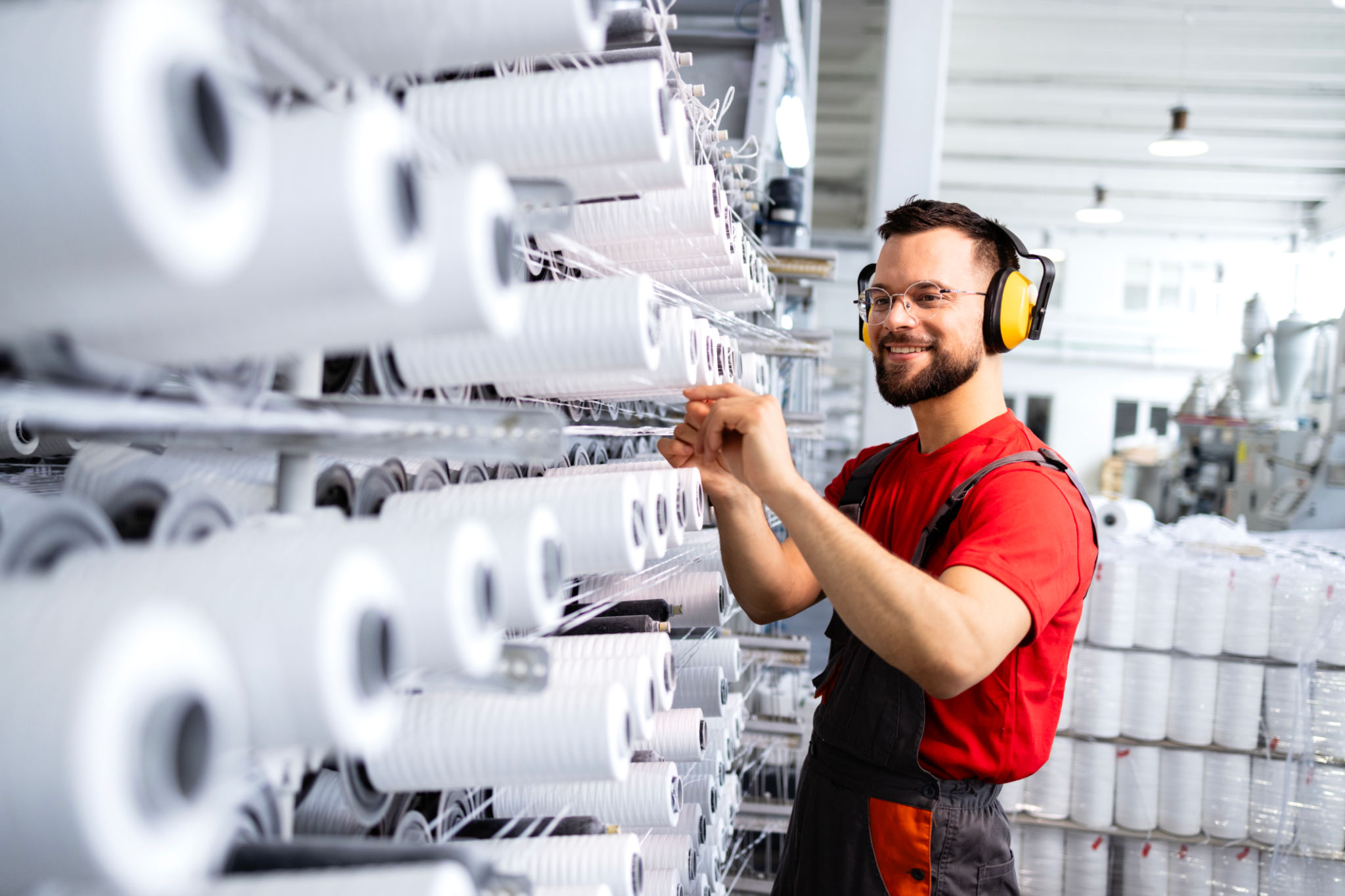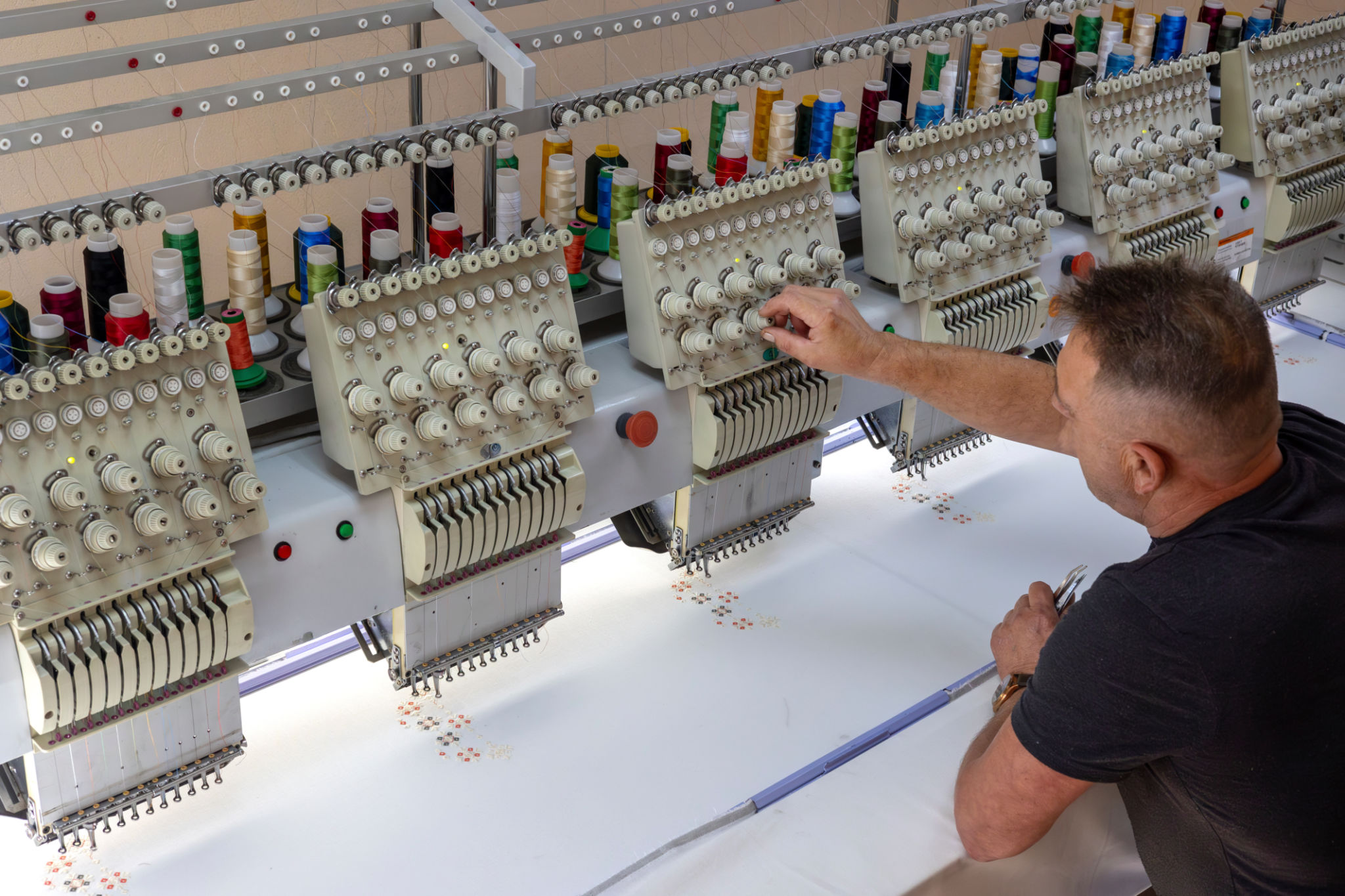Common Misconceptions About Fashion Manufacturing: What You Need to Know
Fa
Understanding the Fashion Manufacturing Process
Fashion manufacturing is a complex and multifaceted industry that often suffers from a number of misconceptions. Many people have preconceived notions about how clothes are made, where they're produced, and the conditions under which they are created. Understanding the reality of fashion manufacturing is essential for both consumers and those considering entering the industry.

Misconception: All Fashion is Made in Sweatshops
One of the most pervasive myths about fashion manufacturing is that all clothing is produced in sweatshops. While it is true that unethical labor practices exist, many companies strive to ensure fair wages and safe working conditions. The rise of ethical and sustainable fashion brands highlights the industry's shift towards more responsible practices.
Consumers can look for certifications like Fair Trade or B Corporation to identify brands that prioritize ethical manufacturing. Additionally, many companies are transparent about their supply chain, providing insights into where and how their products are made.
Misconception: Mass Production Equals Low Quality
Another common misconception is that mass-produced garments are inherently of low quality. While it’s true that some mass-produced items may not meet high-quality standards, many manufacturers implement rigorous quality control measures to ensure durability and performance.

Brands often invest in advanced technology and skilled labor to maintain quality while producing large volumes. As a result, mass production can offer well-made clothing at an accessible price point without compromising quality.
Misconception: Sustainable Fashion is Too Expensive
Sustainable fashion is often perceived as being prohibitively expensive, but this is not always the case. While some eco-friendly brands may have higher prices due to ethical practices and sustainable materials, many brands offer affordable options by optimizing their supply chains and reducing waste.

Consumers can also find second-hand or upcycled clothing as budget-friendly alternatives that contribute to sustainability. Supporting local artisans or smaller brands can also be an affordable way to engage with sustainable fashion.
Misconception: Automation is Eliminating Jobs
The introduction of automation in fashion manufacturing has led to fears about job losses. However, technology often complements human labor rather than replacing it entirely. Automation can handle repetitive tasks, allowing workers to focus on more complex and creative aspects of manufacturing.
This shift can lead to new opportunities for skill development and job creation in areas like design, management, and technology integration. Embracing innovation is crucial for the industry's growth and adaptation to changing consumer demands.

The Importance of Consumer Awareness
Understanding the nuances of fashion manufacturing helps consumers make informed choices about the brands they support. By debunking these common misconceptions, we can foster a more transparent and responsible fashion industry that prioritizes ethical practices and sustainability.
As consumers become more aware, they can drive changes in the industry by demanding better practices and supporting brands that align with their values. The future of fashion manufacturing lies in the balance between innovation, ethics, and consumer awareness.
